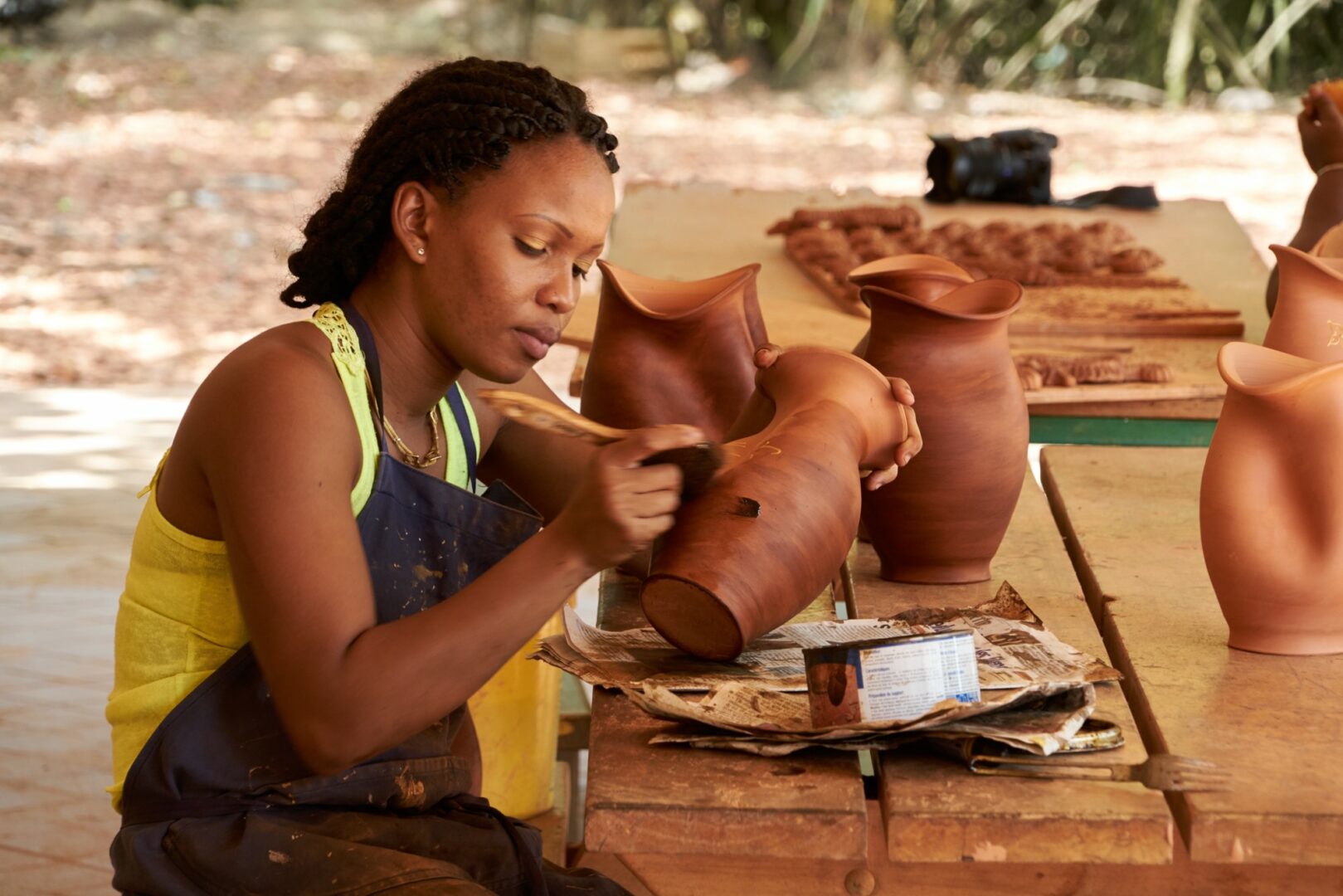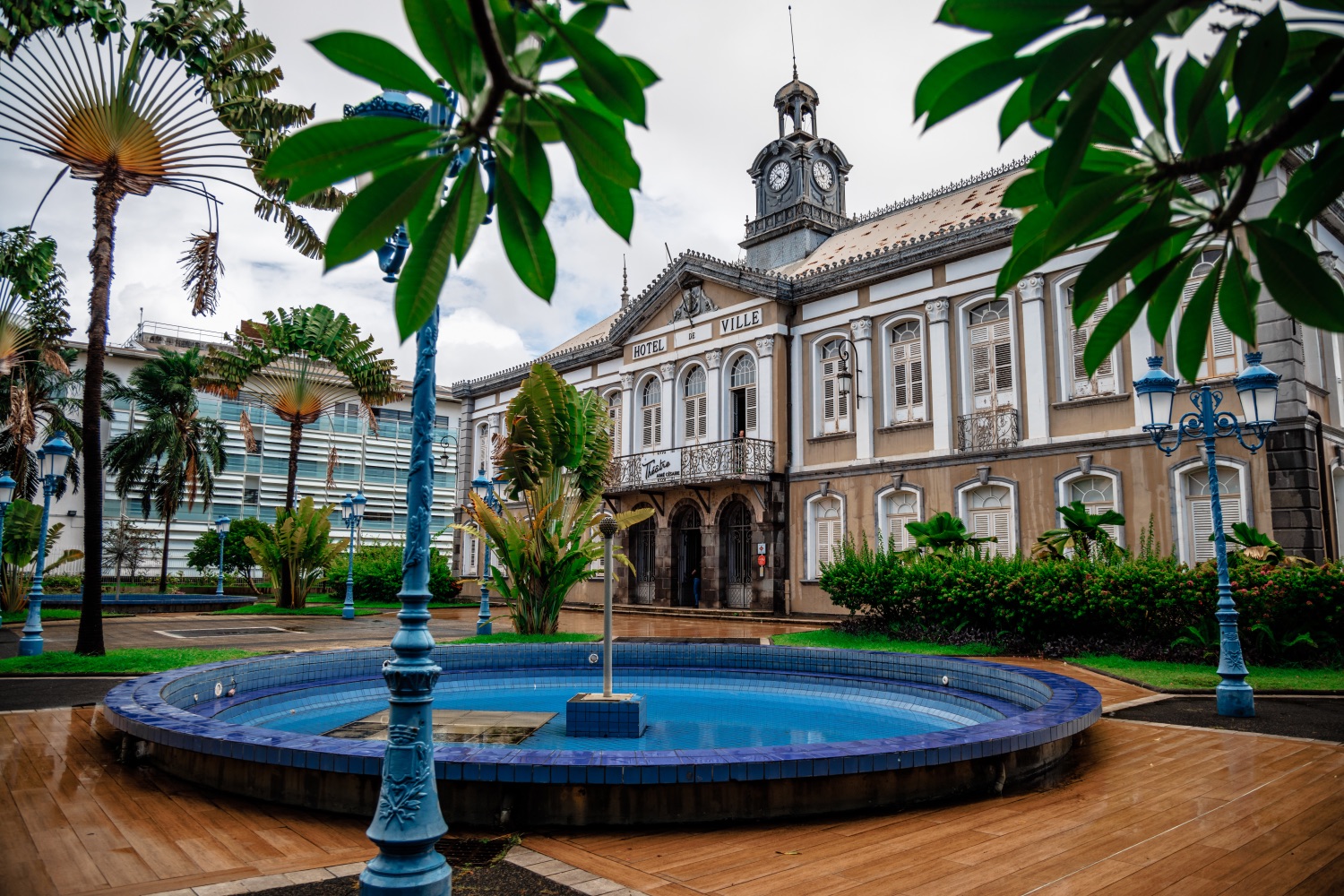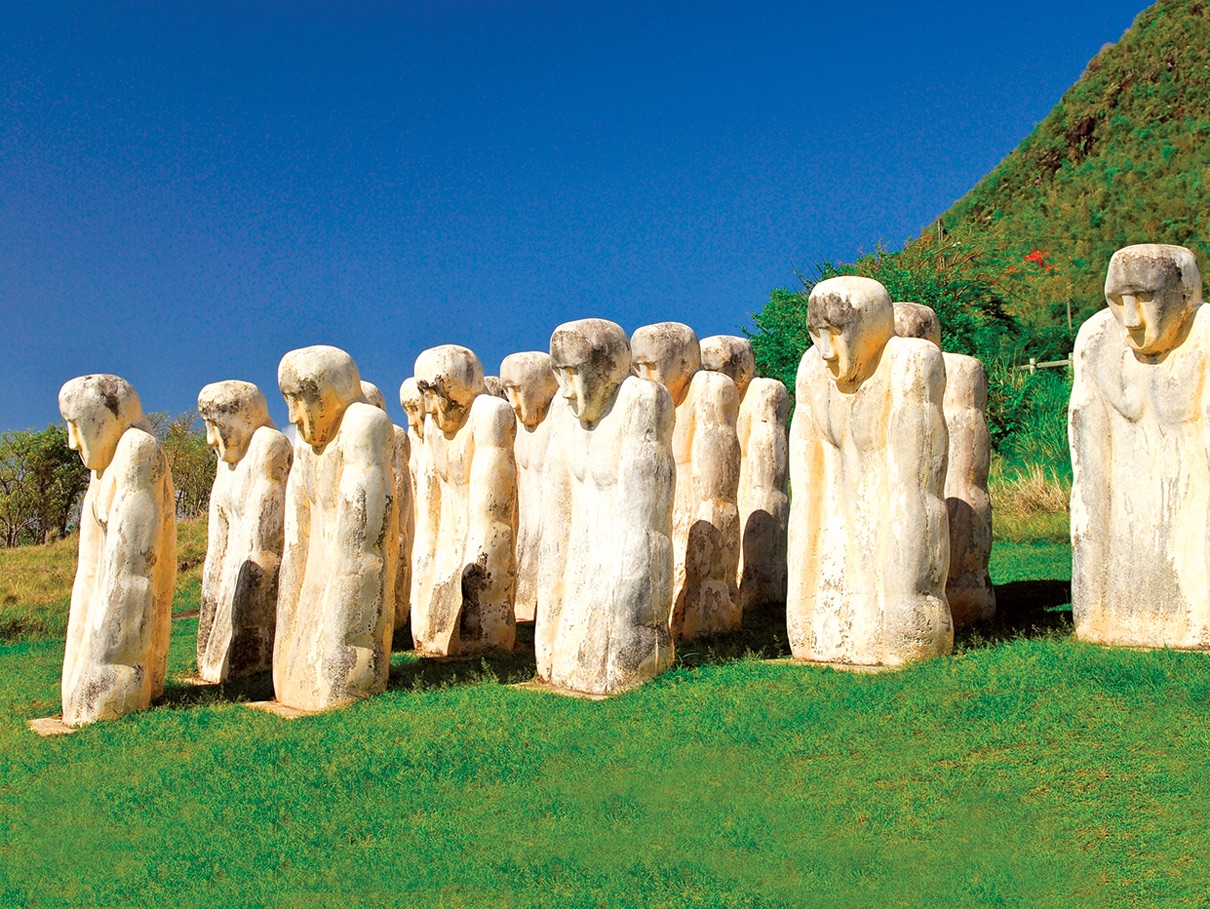Martinique’s heritage is as diverse as its landscape and its people. This island of mountains, mangroves, and rainforests was once populated by the Arawaks and the Caribs, peoples indigenous to South America.
The French arrived in 1635, establishing sugarcane, pineapple, and banana plantations and importing slaves from Africa and later indentured laborers from India to work on them. Slavery was abolished in 1848, an event commemorated all over the island on May 22 every year. In southern Martinique, there are two sites— the Anse Caffard Slave Memorial in Le Diamant and the open-air museum La Savane des Esclaves in Les Trois-Îlets—that pay poignant tribute to the victims of the slave trade.
On May 8, 1902, the course of Martinique’s history changed abruptly and irrevocably when Mount Pelée, a volcano near the northern tip of the island, erupted and destroyed the then-capital city of Saint-Pierre. Now known as “the Pompeii of the Caribbean,” the reconstructed Saint-Pierre is a picturesque seaside town, filled with ruins that offer a glimpse into its former life as a sophisticated metropolis nicknamed “the little Paris of the West Indies.” To fully grasp the impact of the eruption, a visit to the Frank A. Perret Museum is a must—the space exhibits stories, photographs, and artifacts documenting the disaster.
Officially a region of France since 1946, Martinique today boasts a compelling blend of Caribbean and European culture, with reminders of its fascinating history all over the island.




